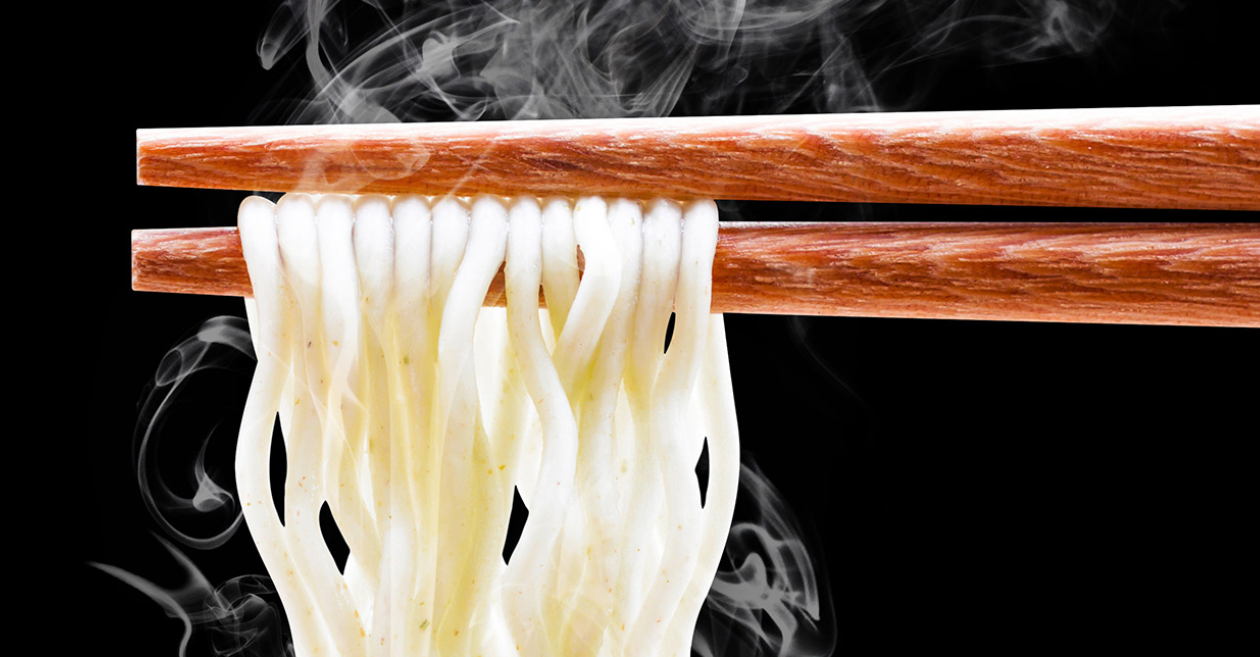


A world without the comforting embrace of a warm bowl of noodles. Impossible, right? Noodles have become a global culinary sensation, loved by millions. Ever wondered how these versatile strands of delight are manufactured? Let's embark on a fascinating journey through the intricate process of noodle production.
People Also Read: San Francisco 49ers and their Timeless Journey
Before we dive into the manufacturing process, let's explore the essential ingredients that make noodles the delectable treat they are. The fundamental trio comprises wheat flour, water, and alkaline mineral salts. The specific type of flour and the alkaline salts' composition can vary, influencing the texture and flavor of the end product.
Essential Noodle Ingredients
| Ingredient | Role |
| Wheat Flour | Provides structure and texture |
| Water | Binds the ingredients and forms dough |
| Alkaline Mineral Salts | Enhances texture, color, and flavor |
Once we have our ingredients ready, it's time for the mixing magic. The wheat flour, water, and alkaline salts are combined to form a dough. This dough undergoes a rigorous kneading process, ensuring uniform distribution of ingredients. The goal is to achieve the perfect consistency for easy rolling and shaping.
Noodle Dough Mixing Process
| Stage | Activity |
| Mixing | Ingredients combined to form dough |
| Kneading | Dough kneaded for uniform consistency |
| Resting | Dough allowed to rest for optimal texture |
Now comes the fun part – shaping the noodles. The dough is passed through an extruder, a device that molds the dough into the desired noodle shape. The type of extruder and its settings influence the noodle's thickness, width, and texture. Once extruded, the noodles are cut to the desired length. This step requires precision to ensure uniformity in the final product.
Noodle Shaping Process
| Stage | Activity |
| Extrusion | Dough molded into desired noodle shape |
| Cutting | Noodles cut to specified length |
| Drying | Initial drying to set the shape |
Drying is a crucial step in the noodle manufacturing process. It stabilizes the shape and prevents spoilage. Noodles can be air-dried or machine-dried, with the latter being the more common method in large-scale production. Proper drying ensures the noodles maintain their quality during storage and cooking.
Noodle Drying Process
| Stage | Activity |
| Air Drying | Noodles left to air dry for a specific time |
| Machine Drying | Controlled drying for mass production |
| Final Inspection | Quality check before packaging |
After the meticulous journey from raw ingredients to shaped perfection, the final step is packaging. Noodles are packaged in various forms – from instant noodle cups to traditional packaging. This stage involves quality checks, ensuring that only the finest noodles reach the consumer.
The art of noodle manufacturing is a delicate dance of ingredients, technology, and expertise. Each step contributes to the final product's texture, flavor, and overall appeal. Next time you savor a bowl of noodles, take a moment to appreciate the intricate journey these strands have undergone to reach your plate. Noodle manufacturing is more than a process; it's a celebration of culinary excellence.
The essential trio includes wheat flour, water, and alkaline mineral salts. Wheat flour provides structure, water binds the ingredients, and alkaline salts enhance texture, color, and flavor.
The noodle dough is created by mixing the ingredients, followed by a thorough kneading process to achieve a uniform consistency. After kneading, the dough is allowed to rest to optimize its texture.
Noodles are shaped through extrusion, where the dough is molded into the desired noodle shape. This is followed by a cutting process to achieve the specified length. The noodles then undergo initial drying to set their shape.
Drying is a critical step that stabilizes the noodle's shape and prevents spoilage. It can be done through air drying or machine drying, with the latter being more common in large-scale production. Proper drying ensures the noodles maintain their quality during storage and cooking.
The final stages involve packaging the noodles, which can take various forms such as instant noodle cups or traditional packaging. This stage includes thorough quality checks to ensure only the finest noodles make it to the consumer. The entire process is a meticulous journey from raw ingredients to the shaped perfection found in your bowl.

Looking to shed some extra pounds? Op

Alzheimer's is like an unwanted visit

In the expansive realm of healthcare,

Disease X is a mysterious term in the

Anxiety is a feeling of fear, dread,

In the realm of health, few challenge
Trash to treasure: How Google thinks
Spring Fashion Show at the University
Matter of Impact: April updates from
Android Enterprise security delivers
We are not gonna make spamming
Copyright By@TheWebTrends - 2023
BACK TO TOP